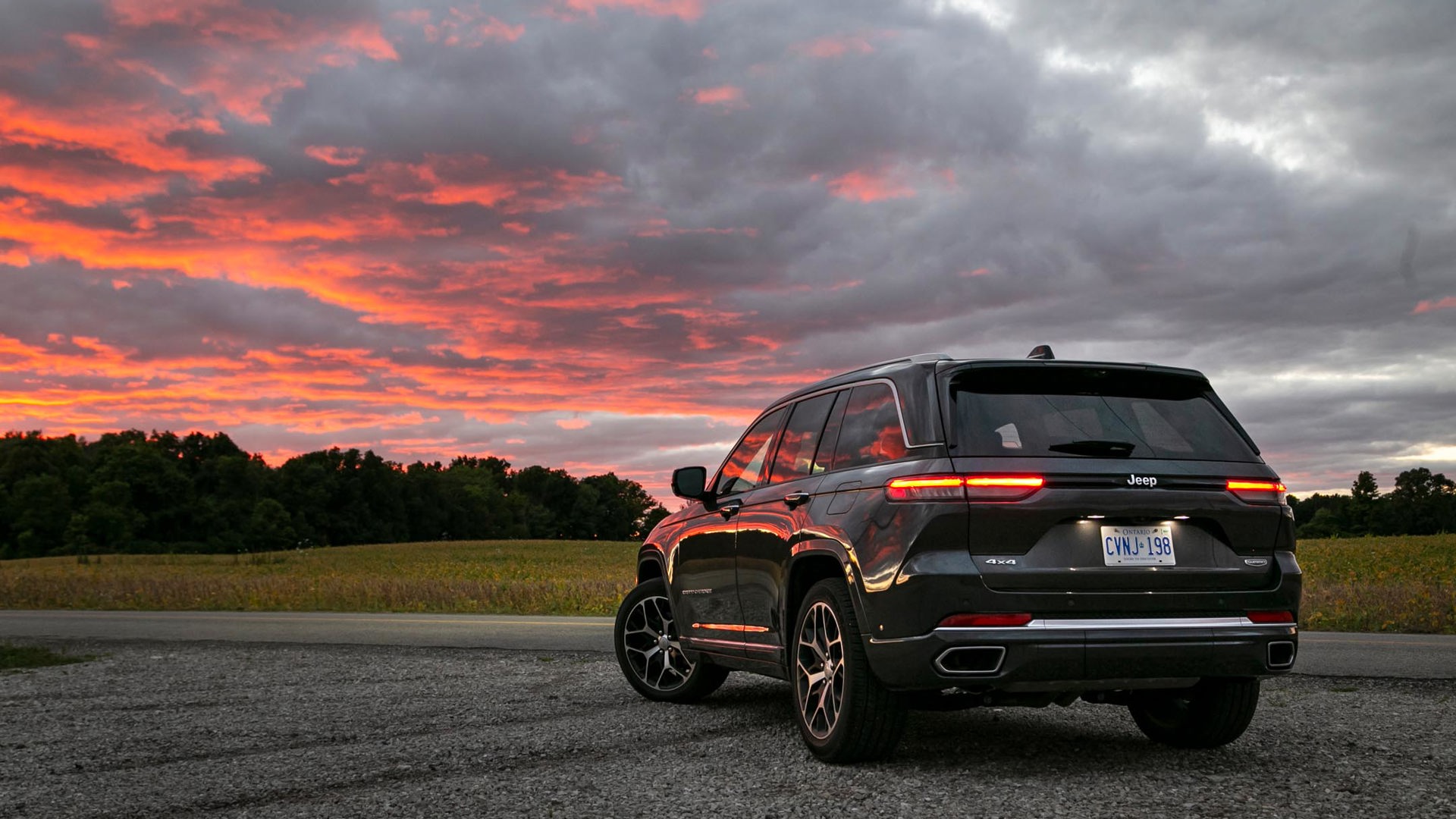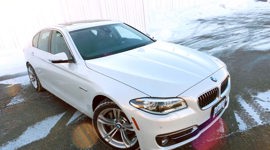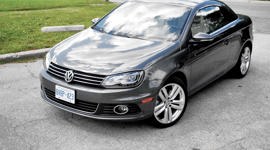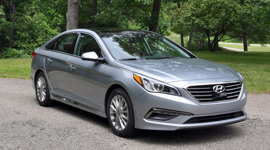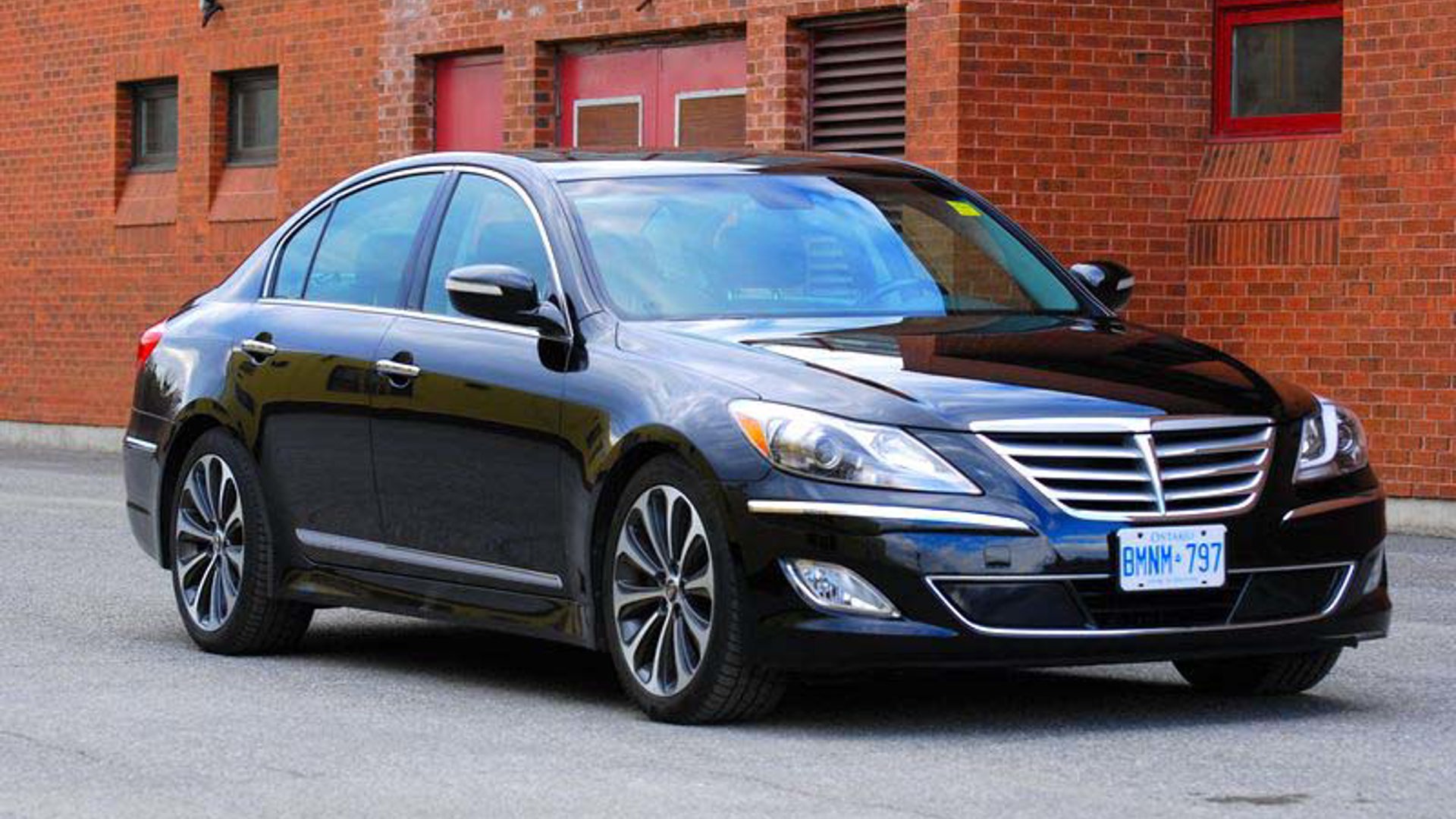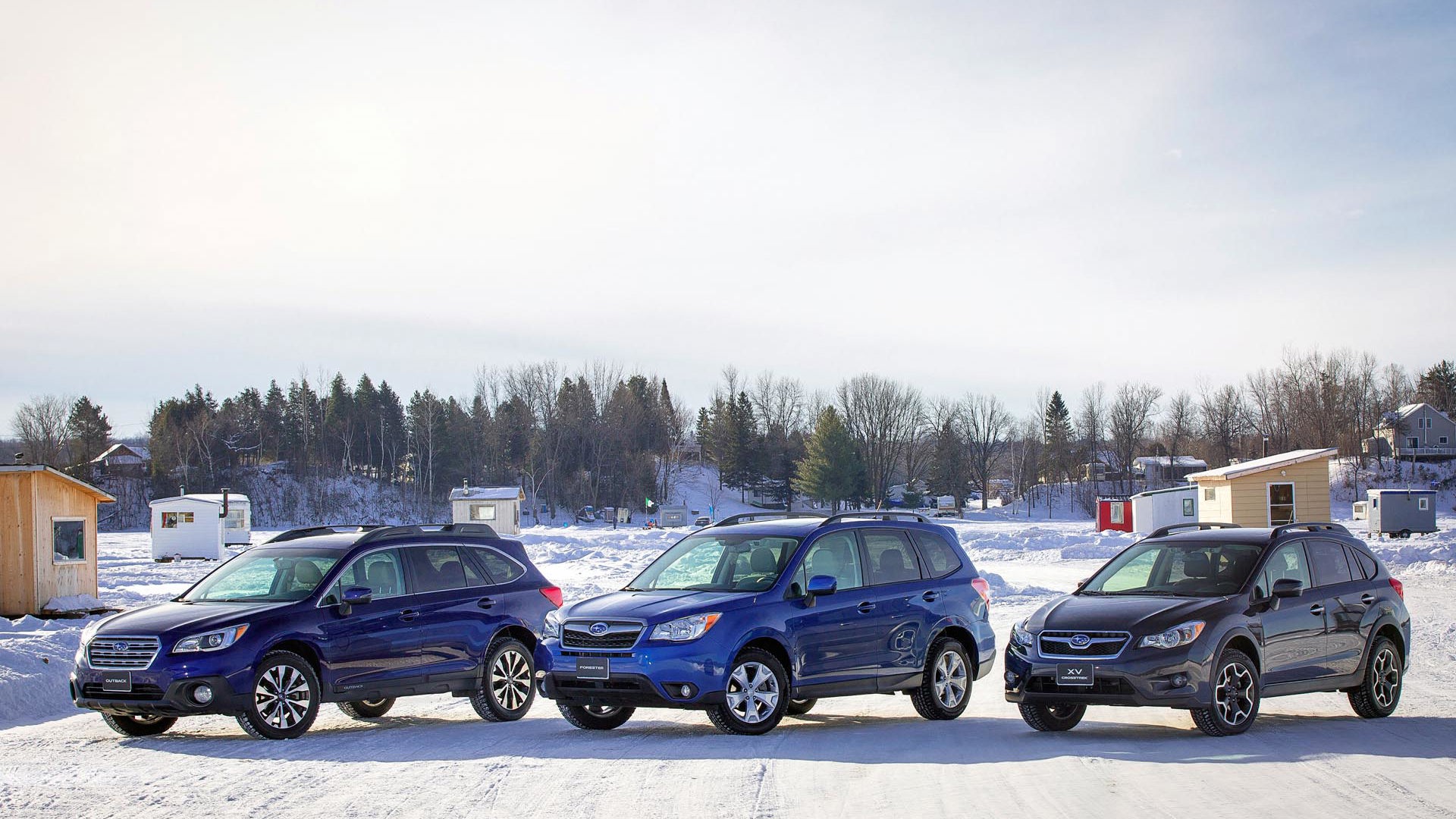Who doesn’t love a good underdog story? When it comes to cars, this means vehicles that were behind the curve early on, but have built themselves up to become mass-market successes. These late-bloomer situations happen more often than you’d think.
Some cars just have slow starts or miss the brief of their target audience but turn their fate around thanks to patience, dedication, or smart planning from the automaker. Here are seven cars with their own Cinderella stories.
Kia Sportage
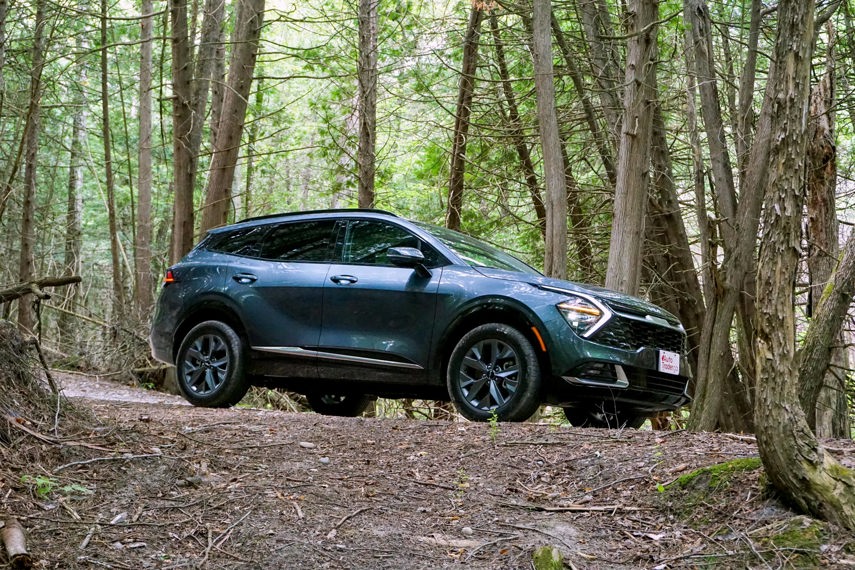
Today’s Kia Sportage shines through the crowd of bland crossovers. Sporting standout styling, a premium-feeling interior, and several powertrain options (including hybrid and plug-in hybrid variants), the latest generation Sportage is an example of just how much the Korean automaker can develop in a short time. Today’s Sportage has the potential to be considered the best vehicle in its class.
The first-generation Kia Sportage, first offered in Canada before the turn of the millennium, seemed like a car that was ahead of the times and offered plenty of equipment in an affordable little trucklet. But shoppers got what they paid for, namely awful build quality, an inefficient motor, and awful resale value. Plus, shoppers back then weren’t as into SUVs as they are now.
The second-generation model, which was on sale from 2004 to 2010, saw moderate improvements, but its crashworthiness was heavily criticized by the Insurance Institute for Highway Safety (IIHS). The third-generation model released in 2010 was a bit bland-looking but featured a more refined vibe to go along with its affordable price and plentiful features.
In 2011, the nameplate earned its first Top Safety Pick rating from the IIHS, emphasizing Kia’s commitment to improving its cars. The market responded, with more than 8,000 sold in 2012.
Shoppers also responded positively to the sporty-looking fourth-gen model that arrived in 2016. We called it a “pretty compelling package” back then, and that resonated with over 13,000 shoppers in 2017.
The latest example is as well-rounded as can be. It’s not only powerful, efficient, and loaded with tech and safety features, but it’s also stylish and brings great value, which Canadians really appreciate. It’s so popular that it’s on pace to surpass last year’s sales.
Hyundai Genesis, Equus, and Genesis G80 and G90
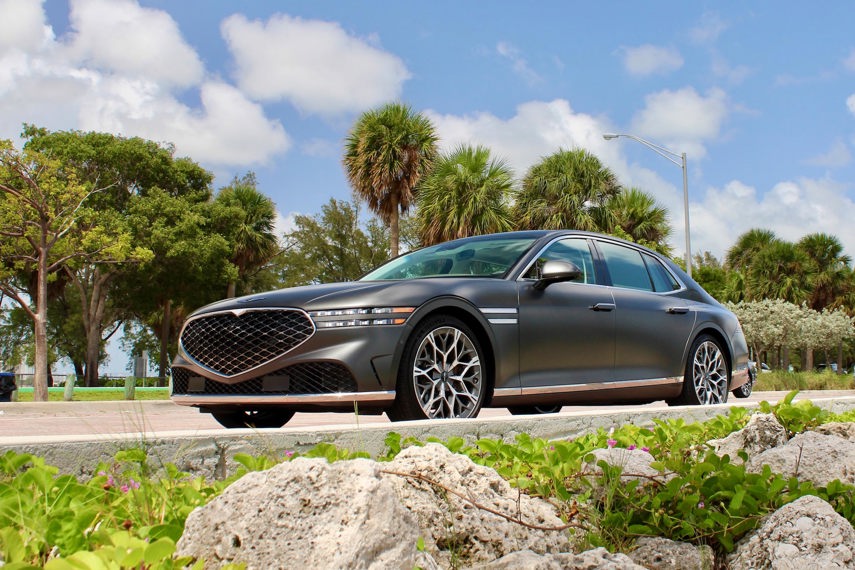
Back in 2009, it was hard to believe that Hyundai could design and deliver a car to compete with the luxury German automakers, but the first impressions of the Hyundai Genesis were strong. It was followed by the larger Equus that demonstrated how Hyundai was far from just a one-trick pony. But as much as the high-end Hyundais were critically acclaimed, they struggled to make an impression with buyers.
The Korean automaker invested a lot of money to take the strengths of those two sedans and expand them across a whole portfolio. By now, you’ve likely been introduced to Genesis as its own brand, which expanded from two sedans to a whole lineup that included sport sedans, executive sedans, crossovers, and EVs.
Each model exhibits outstanding design, impressive packaging, buttoned-down driving dynamics, and attractive value. Read any of our comparisons that feature a Genesis, and you’ll notice that each one puts up a good fight against some of the best cars in the industry. Over time, sales and perception of the Genesis lineup are catching up to the vision originally sold by Hyundai back in 2009.
Volvo XC40
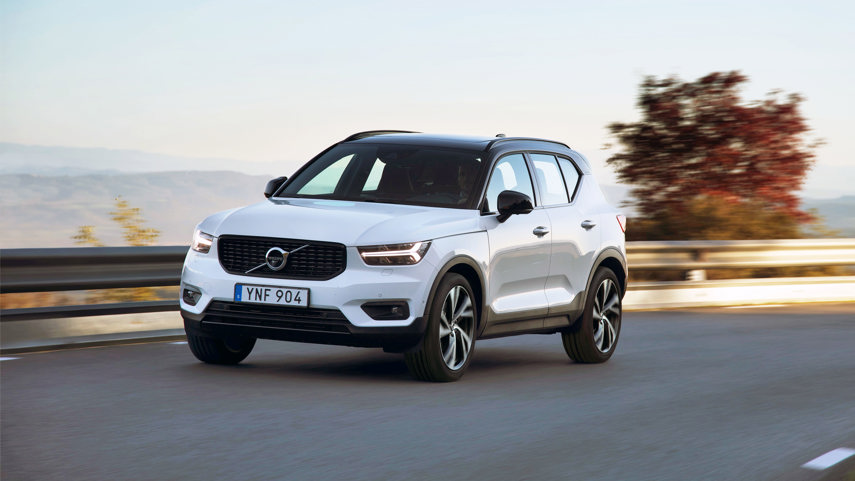
When boxy sedans and wagons stopped being cool, Volvo quickly faded out of favour with premium car buyers. A new design language showed up and was impressive and handsome, but the Swedish automaker took its time releasing the subcompact XC40 crossover. Arriving in 2018, Canadian sales of Volvo’s crossovers were rough, despite the nameplate faring quite well in Europe.
However, by 2021, sales of Volvo’s most affordable model more than doubled from its initial year, proving all you need is momentum. Just seeing an XC40 on the road is enough of a reason to check one out, but you’ll be extra impressed by the relatively low price, impressive features, and innovative cabin.
Audi Q3
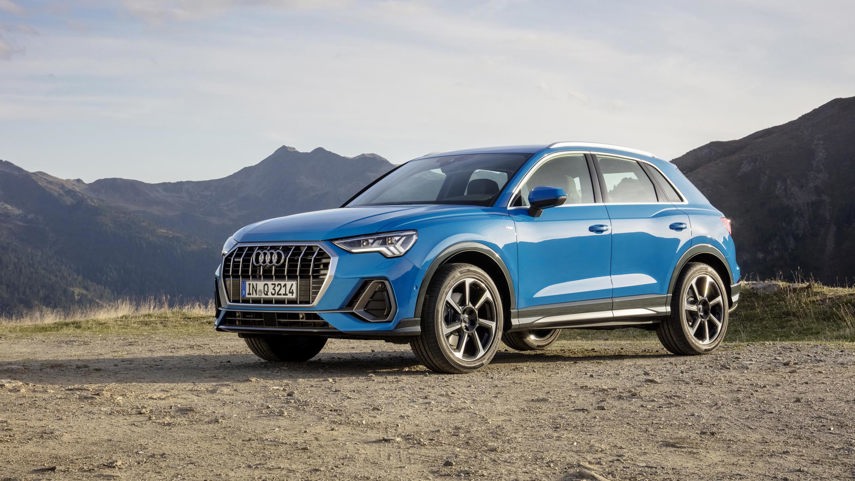
Then again, it seems like Canadians needed some time to warm up to the subcompact market. Or maybe it took time for automakers to perfect their subcompact offerings. When the Audi Q3 arrived in 2014, it replaced the A3 hatchback and received a cold reception from critics and shoppers. Over the years, we called out its high price and fairly small cargo hold, but the automaker responded over the years with updates and equipment to help justify the price.
In 2019, the automaker unveiled a new generation Q3, with a gorgeous interior, fancy tech toys, and plenty of cabin space relative to its competition. This led to a serious influx of buyers in 2020 and 2021, cementing its status in the tightly contested subcompact luxury crossover space.
Subaru Crosstrek
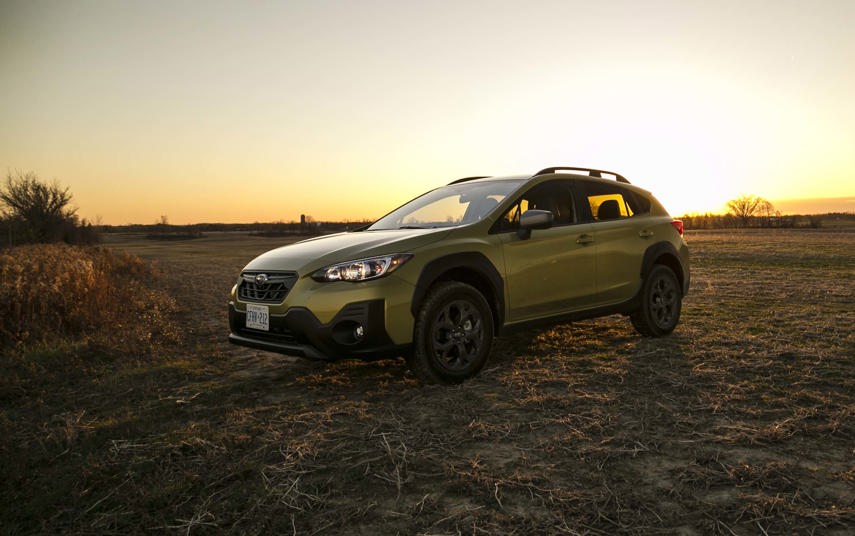
The Subaru XV Crosstrek arrived in 2012 and was met with puzzled looks. Was it just a taller Subaru Impreza hatchback? Could customers deal with the stiff, noisy ride and underpowered engine? Sales were initially a bit slow but picked up a bit in 2015 when Subaru dropped the XV nomenclature. When the second-generation model debuted in 2017, shoppers fully got on board.
The second-generation model was more refined, boasted excellent fuel efficiency, and upgraded the infotainment system to modern standards. In 2021, the automaker addressed criticisms about the Crosstrek’s sub-par performance by offering a more powerful 2.5-litre engine, which helped broaden the appeal of the small crossover. Shoppers responded by nabbing up nearly 24,000 units in 2021, nearly four times more than it had in its first full year of sales back in 2013. Today, the Crosstrek offers tremendous value and capability, and has earned itself many fans in a hotly contested segment.
Porsche Cayenne
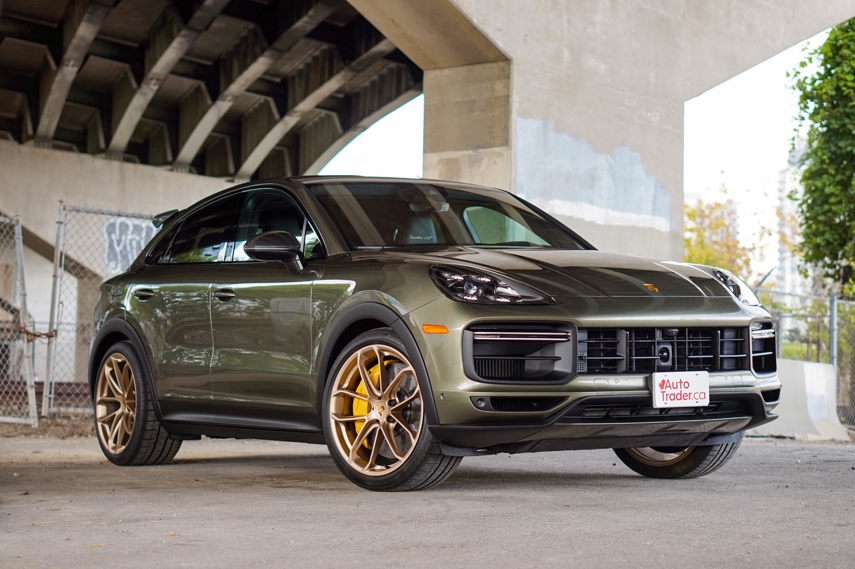
In 2002, automotive enthusiasts everywhere had a collective meltdown when Porsche announced it was going to make an SUV. Was Porsche, one of the best sports car makers in the world, selling out by making an SUV? Would the brand forget its roots and its fans?
But when the Cayenne finally hit the road, people were impressed with its powerful engines and responsive handling. Those earlier concerns from enthusiasts faded away. The second and third-generation models were equally impressive, and pushed a more high-end agenda for the brand. The SUV could go off-road but also feel at home on a race track, while also having enough space for 911 owners to ferry their families around. It was a win-win.
That stigma about the Porsche Cayenne disappeared. Suddenly, enthusiasts didn’t care that there was an SUV with a Porsche badge on it, because it ended up meeting the high standards for performance that the brand is known for. It’s now considered a benchmark in the luxury SUV space, and every mall parking lot is loaded with Cayennes of various generations.
That’s not just a Canada thing either, over one million Cayennes have been sold globally, making it as popular as the 911, which took 45 years to achieve the same milestone.
Jeep Grand Cherokee
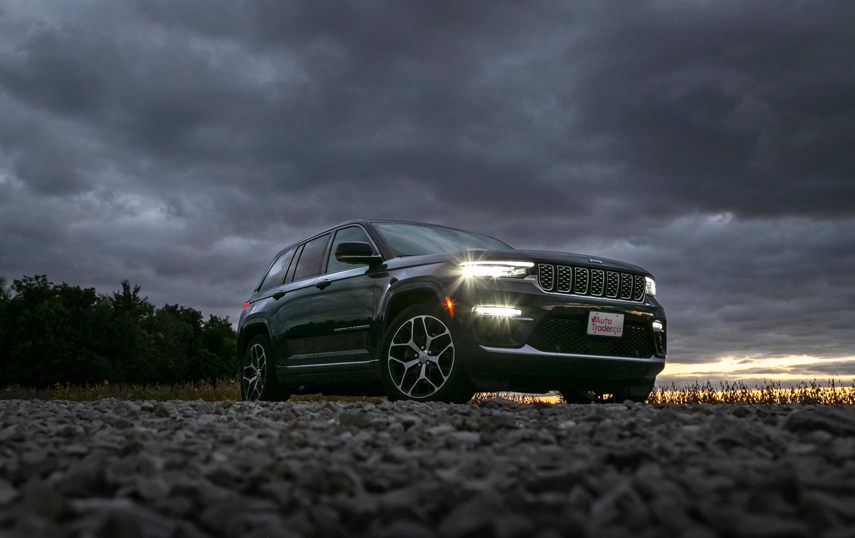
It’s hard to believe that you could call the Grand Cherokee an underdog seeing that it’s so popular today, but it didn’t have a strong start. Sales have increased significantly over the years and have helped the Jeep brand appeal to those uninterested in the rough-and-tumble Wrangler, but in the early 2000s, the Grand Cherokee was seen as pricey, a bit generic, and not as refined as some of the competition.
A few generations later, the Grand Cherokee now boasts one of the most diverse and versatile lineups on the market. It offers three different 4WD systems, three different powertrains (including a PHEV), and is available as a three-row or two-row model. And its cabin is far from what it used to be, with large displays, plush appointments, and premium materials. No wonder the automaker sold over 19,000 units last year, which is nearly two times the sales the Grand Cherokee could muster 10 years ago.
